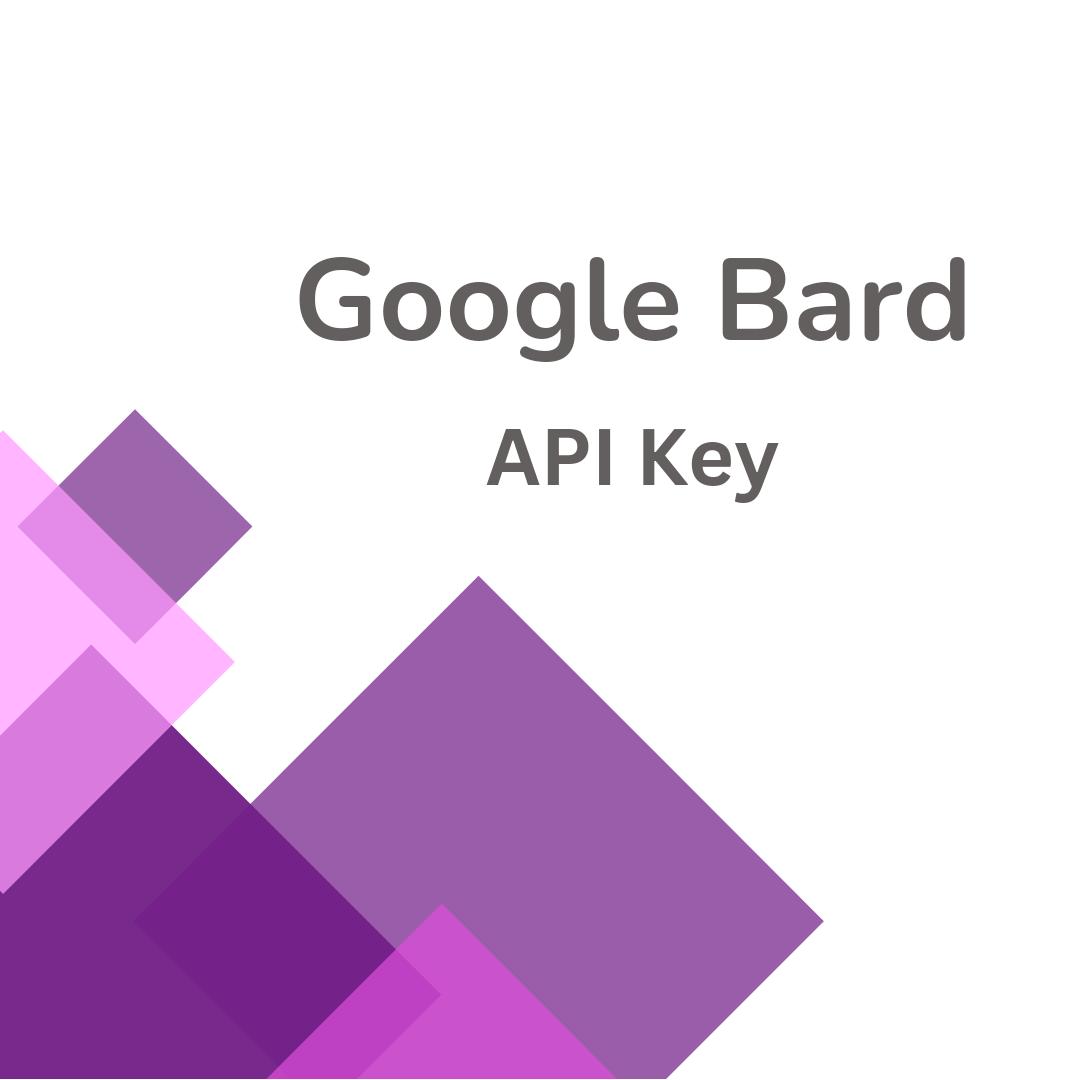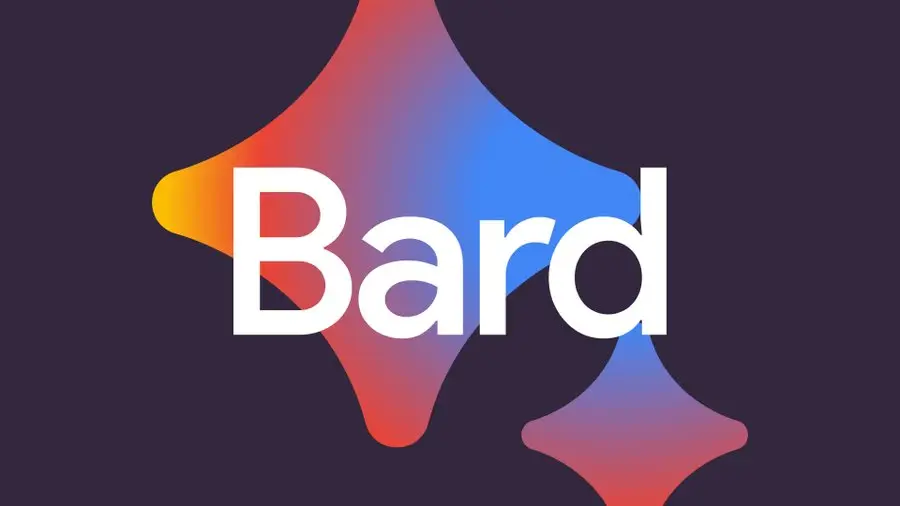Introduction:
In a world that is increasingly interconnected, language barriers and geographical limitations should not hinder collaboration and the free flow of ideas. With this vision in mind, Bard, the innovative language model developed by Google, has recently expanded its capabilities to foster global creativity and collaboration. In this blog post, we will explore the exciting new features that make Bard more accessible, versatile, and empowering for users worldwide.
-
Multilingual Support: Bard has extended its language repertoire to over 40 new languages, including Arabic, Chinese (simplified/traditional), German, Hindi, Spanish, and more. This expansion allows users from diverse linguistic backgrounds to engage with Bard and explore possibilities in their native languages. From creative writing to problem-solving, Bard's multilingual support broadens the horizons of imagination and enables a global community to tap into its immense potential.
-
Google Lens Integration: Introducing Google Lens into Bard marks a significant enhancement in its image recognition capabilities. Users can now upload images alongside text in their conversations, leveraging the power of Google Lens. This integration opens up new avenues for creativity, as users can gather information, seek inspiration, or generate amusing captions by interacting with images. Bard's integration with Google Lens unleashes the full potential of visual imagination.
-
Text-to-Speech Capabilities: Bard now offers text-to-speech capabilities in over 40 languages, including Hindi, Spanish, and US English. This addition enhances the user experience by enabling responses to be heard aloud. By engaging both visual and auditory senses, users can further explore the depths of their ideas and bring them to life in new and exciting ways. Listening to Bard's responses adds a dynamic dimension to the creative process, facilitating deeper immersion and ideation.
-
Enhanced Conversation Management: To facilitate seamless continuation of conversations and efficient organization, Bard introduces pinned and recent threads. Users can now pick up where they left off in past conversations, pin important threads, rename conversations, and maintain multiple conversations simultaneously. This feature ensures that valuable ideas are preserved, accessible, and ready to be expanded upon at any time. The creative process becomes more fluid and uninterrupted.
-
Easy Sharing and Collaboration: Sharing conversations with others becomes effortless with Bard's new shareable links feature. Users can now share part or all of their Bard chat, including any sources or references, through easily accessible links. This streamlined sharing process allows for collaboration, inspiration, and the unlocking of creativity among peers. Sharing creations becomes a catalyst for innovative thinking and fosters a collaborative spirit.
-
Modify Bard's Responses: Bard now offers five new response modification options. Users can tap to make the response simpler, longer, shorter, more professional, or more casual, ensuring that the output aligns more closely with their desired creation. This feature empowers users to fine-tune Bard's responses and tailor them to their specific needs, providing greater control over the creative output.
-
Enhanced Code Export: In a bid to streamline workflows for programmers, Bard expands its code export capabilities. In addition to Google Colab, users can now export Python code to Replit. This enhancement allows programmers to seamlessly transition from Bard interactions to Replit, ensuring continuity in their coding tasks. By enabling efficient code export, Bard enhances productivity and supports developers in their programming endeavors.
Conclusion: Bard's recent advancements have transformed it into a truly global and versatile tool for creativity and collaboration. With expanded language support, integration of Google Lens, text-to-speech capabilities, improved conversation management, easy sharing, response modification, and enhanced code export, Bard empowers users to transcend boundaries and unlock their creative potential. As Bard continues to evolve and refine its features, it becomes an indispensable companion for users worldwide, fostering imagination, collaboration, and the free exchange of ideas across cultures and languages.







Add a Comment: